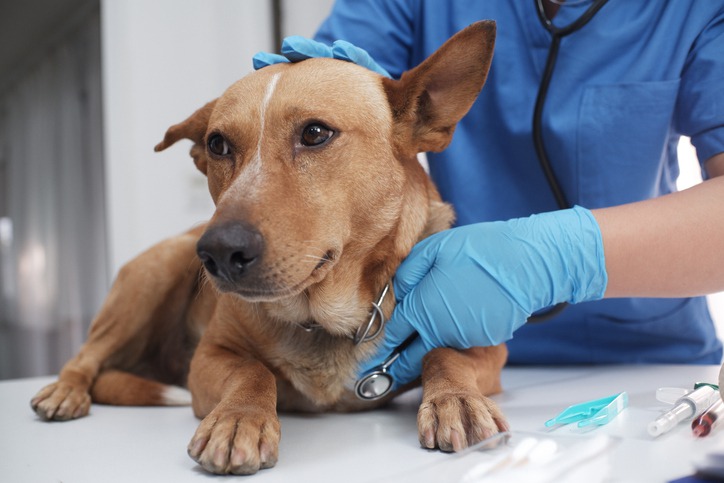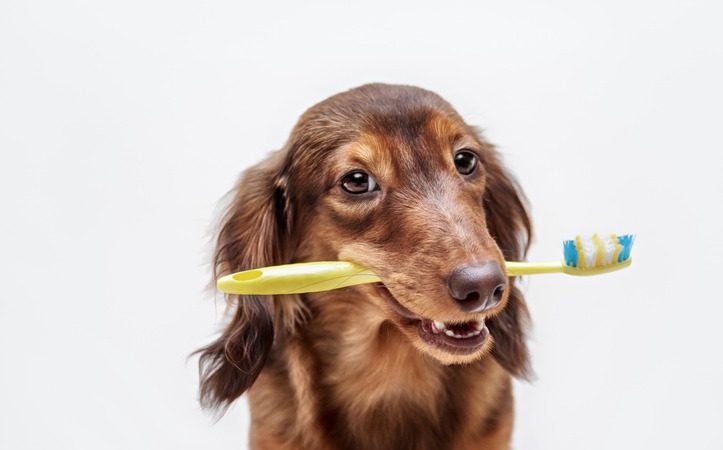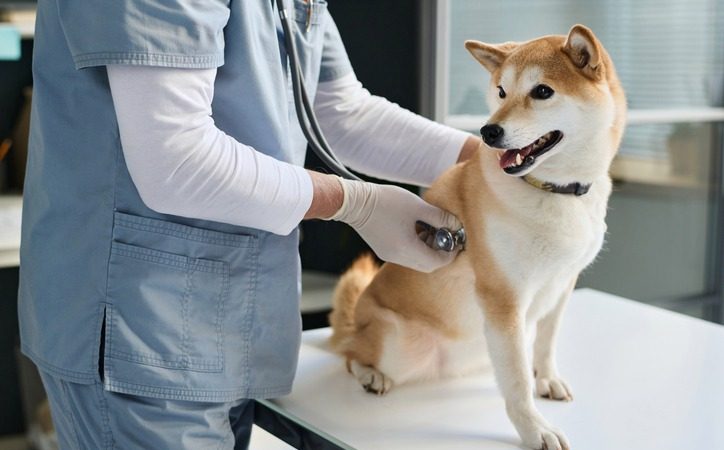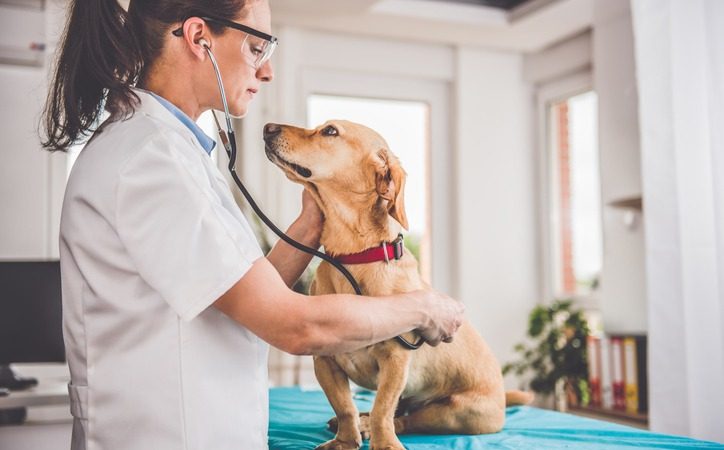Preparing your pet for emergency surgery can be a stressful experience, but taking the proper steps can ensure you and your furry friend are ready for the procedure. From understanding pre-surgical instructions to creating a calm environment, knowing how to support your pet during this critical time is essential. Being emotionally and logistically prepared can significantly reduce the stress of such an unexpected event.
This guide will take you through each step of the preparation process, from maintaining calm to post-operative care, helping you feel more in control and better equipped to care for your beloved pet during this critical time.
1. Stay Calm and Focused
One of the most important things you can do for your pet during emergency surgery is to remain calm and focused. Pets are very perceptive of their owner’s emotions, and if you are anxious or panicked, your pet is likely to feel the same way. Take deep breaths and remind yourself that the veterinary team is there to help.
Focusing on the tasks you need to accomplish will help you feel more in control and also help create a calmer environment for your pet. Your composure can significantly influence their behavior, making them more cooperative during a stressful time.
2. Follow the Veterinarian’s Instructions
Once the need for surgery is confirmed, emergency vets will provide specific instructions for pre-operative care. Typically, this involves fasting your pet for 8 to 12 hours before surgery, as having food in their stomach during anesthesia can lead to severe complications, such as vomiting or aspiration.
However, water may still be allowed sometimes—confirming this with your vet is essential. If your pet is on any regular medications, you must ask whether those should be continued or paused before surgery. This ensures that your pet’s body is in the best condition possible for the surgery, reducing the risks associated with anesthesia and the procedure itself.
3. Provide Comfort and Familiarity
Your pet will be in an unfamiliar and potentially frightening environment, so bringing items that offer comfort and familiarity can be incredibly helpful. A favorite blanket, toy, or even a piece of your clothing with your scent can provide security and calm your pet during their time at the clinic.
Many veterinary offices also allow owners to stay with their pets up until the point of surgery. If this is an option, your presence can help soothe your pet’s nerves and make the separation less traumatic. The more comfort you can provide, the more your pet will likely feel stressed during the waiting period.
4. Transportation and Safety
Another crucial step is transporting your pet to the veterinary clinic safely. If your pet is small, place it securely in a pet carrier with a comfortable lining, such as a soft blanket. For larger dogs, a seatbelt harness can keep them safely restrained in the vehicle. It’s also essential to keep the atmosphere in the car as calm as possible for the journey.
Soft music or a gentle voice can help soothe your pet during a very anxious time. Avoid sudden movements or loud noises that could startle your pet and increase its stress levels. If driving alone, consider bringing another person to sit with and comfort your pet during the ride, ensuring a smooth trip to see the vet.
5. Discuss Pre-Surgical Tests
Pre-surgical tests are often vital to preparing your pet for emergency surgery. These tests typically include blood work, X-rays, or ultrasounds to evaluate your pet’s overall health and determine how well they are likely to handle anesthesia and surgery. While these tests may seem like added stress during an emergency, they are critical in minimizing risks and ensuring that your pet is a good candidate for surgery.
Talk to your veterinarian about the tests being performed, and don’t hesitate to ask questions about what they will reveal. Understanding the purpose of these diagnostics can give you peace of mind, knowing that the vet is taking every precaution to ensure your pet’s safety.
6. Understand the Procedure and Risks
Even in an emergency, discussing the surgical procedure with your veterinarian is essential. Whether you’re consulting with general veterinarians or specialized professionals like those at the Airport Pet Emergency Clinic vet surgeons, clarity about the surgery is crucial. Make sure you understand what the surgery entails, the expected outcomes, and any potential risks. Ask the vet to explain clearly why the surgery is necessary and what could happen if it is delayed or not performed.
This understanding will help you feel more prepared and informed, which can reduce some of the anxiety you may be feeling. Also, discuss the type of anesthesia used and any associated risks, especially if your pet is older or has pre-existing health conditions. Being fully informed will allow you to make the best decisions for your pet.
7. Post-Surgery Care Preparation
Before your pet even goes into surgery, it’s a good idea to begin preparing for their recovery at home. Set up a quiet, comfortable space where your pet can rest peacefully after surgery. This area should be away from other pets, children, and noisy household activities. Ensure it’s clean and free from hazards that could injure your pet as they recover.
Ask your vet what specific supplies you need for post-operative care, such as medications, bandages, special foods, or an Elizabethan collar (commonly called the “cone of shame”) to prevent your pet from licking their surgical site. Having everything ready in advance will make it easier to focus solely on your pet’s care when they come home.
8. Emotional Preparation
Preparing emotionally for emergency surgery can be just as crucial as preparing logistically. While it’s difficult to remain entirely unaffected by such a stressful event, mentally preparing yourself for all possible outcomes is crucial. Emergency surgeries can sometimes have unpredictable results, and being emotionally ready for whatever happens—whether it’s a successful surgery or facing complications—will help you provide the best care and make the best decisions for your pet.
Make sure you have a support system, whether it’s family, friends, or a trusted online community of pet owners who have gone through similar experiences. Having someone to talk to can help you cope with the emotional strain of the situation.
9. Financial Preparation
It’s no secret that emergency surgeries can be expensive, so it’s essential to prepare for the financial aspects as well. Talk to your vet about the expected costs, including any post-operative care that may be required. Some veterinary clinics offer payment plans or work with organizations that can assist with financing emergency pet care.
If you have pet insurance, now is the time to review your policy, contact your provider, and understand what is covered. Being financially prepared can relieve stress during this critical time, allowing you to focus more on your pet’s care and recovery rather than worrying about the costs involved.
10. Follow-Up Care
Once the surgery is complete, your pet will need close monitoring and follow-up care to ensure a full recovery. Be sure to thoroughly understand the veterinarian’s aftercare instructions, which will likely include medication administration guidelines, how to care for the surgical wound, and signs of complications, such as infection, to watch for.
Regular follow-up appointments at the veterinary hospital will also be necessary to track your pet’s healing progress. During recovery, be patient and give your pet plenty of time to rest. Keep them comfortable and restrict their activity as per the vet’s recommendations. Your dedication to their care during this time will significantly impact their healing and recovery.
Wrapping Up
Preparing your pet for emergency surgery is an emotional and logistical challenge. Still, you can support your pet during this critical time with careful planning and a calm, focused approach. From understanding the procedure and following the veterinarian’s instructions to preparing a recovery space and ensuring financial readiness, each step plays a vital role in ensuring a smooth surgical process and recovery. By taking these steps, you’ll be better equipped to manage the situation with confidence, helping to ensure the best possible outcome for your beloved pet.






